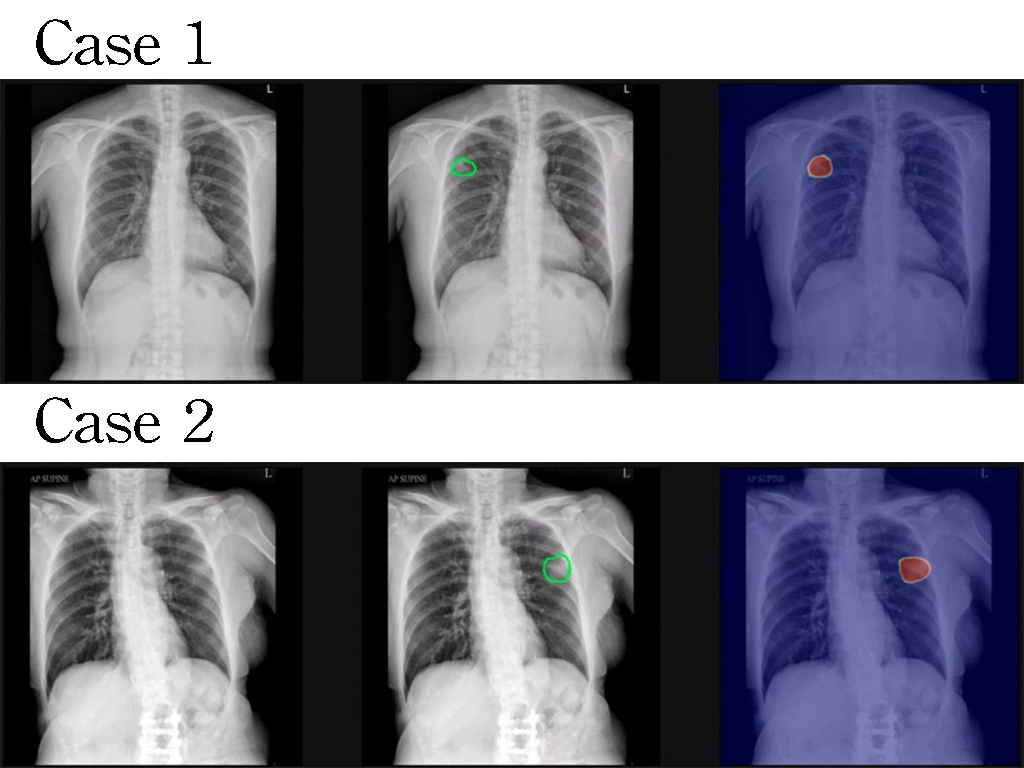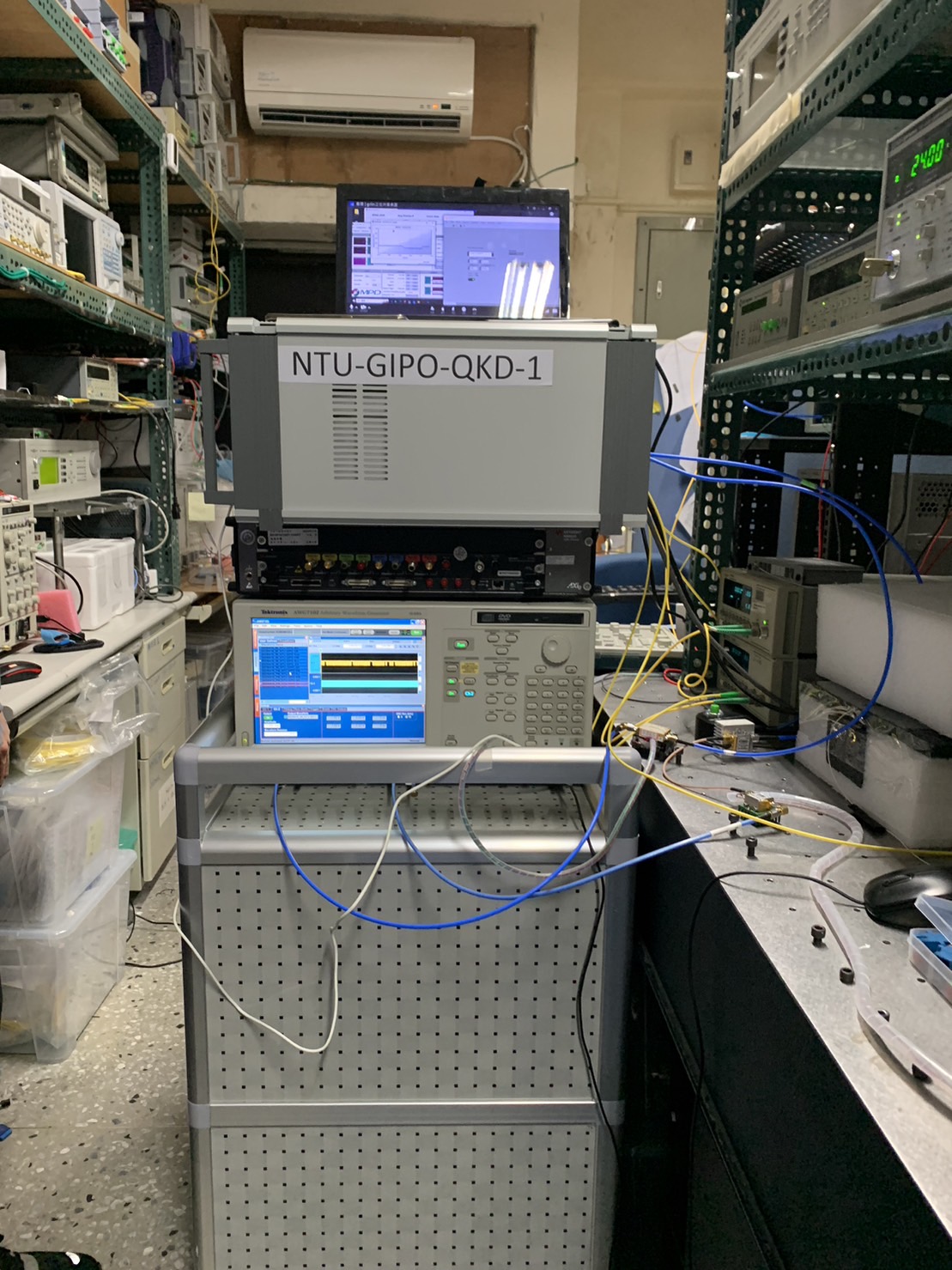| Technical Name | High-Performance Near-Infrared Phosphor: Design, Device, and Applications | ||
|---|---|---|---|
| Project Operator | National Taiwan University | ||
| Project Host | 劉如熹 | ||
| Summary | Near-infrared (NIR) light can be divided into NIR-I (700–1000 nm) and NIR-II (1000–1700 nm) according to wavelength. The NIR-II quantum efficiency of NIR phosphor can approach 100% by cation substitution and energy transfer strategies. The applications include promoting plant growth (nano fertilizers and plant growth light sources), security and anti-counterfeiting, vein imaging, and photobiomodulation for brain disease treatment. |
||
| Scientific Breakthrough | The scientific breakthrough of this technology is the "establishment of the energy transfer mechanism between Cr3+/Ni2+ and enhancement of quantum efficiency in the second near-infrared region to 100%." By adjusting the Cr3+ concentration, spectral changes were observed, and cluster formation was induced to enhance energy transfer efficiency. With optimized sintering temperature, the quantum efficiency in the second near-infrared region can be increased to 97%, setting a new world record. |
||
| Industrial Applicability | This technology, centered on high-efficiency near-infrared phosphors, integrates blue LED packaging and spatial confinement methods. It expands applications in LED packaging, security and anti-counterfeiting, agriculture, medical imaging, and photobiomodulation. Developed in collaboration with Everlight Electronics and Bell Ceramics, it has obtained patents, reducing future practical application obstacles and promoting advancements across diverse industries. |
||
| Keyword | Near-infrared region I and II high-efficiency near-infrared phosphor Cr3+ emission center Cr3+–Ni2+ energy transfer nanophosphor phosphor-converted light-emitting diode security and anti-counterfeiting agricultural technology medical imaging photobiomodulation | ||
- Contact
- Ru-Shi Liu
- rsliu@ntu.edu.tw
other people also saw















